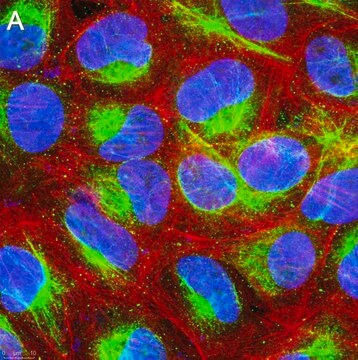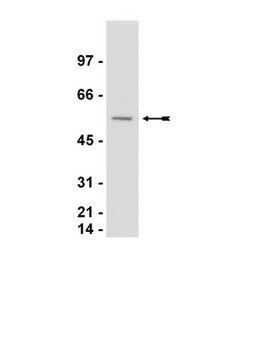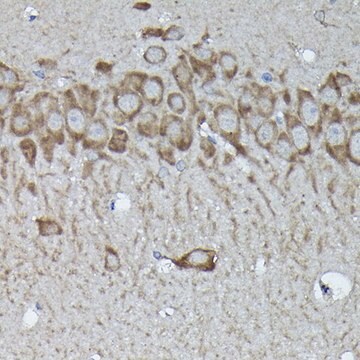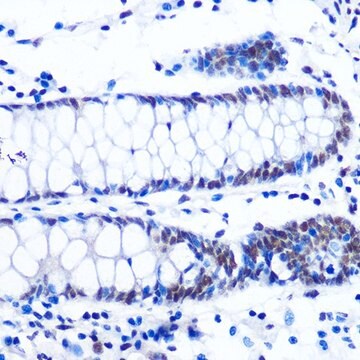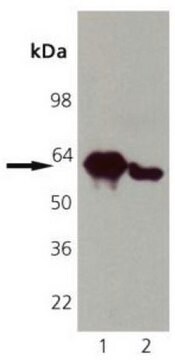C7492
Monoclonal Anti-Calreticulin antibody produced in mouse
clone TO-11, tissue culture supernatant, buffered aqueous solution
Sinónimos:
Calreticulin Antibody Flow Cytometry, Anti-Autoantigen Ro
Seleccione un Tamaño
Seleccione un Tamaño
About This Item
Productos recomendados
biological source
mouse
Quality Level
conjugate
unconjugated
antibody form
tissue culture supernatant
antibody product type
primary antibodies
clone
TO-11, monoclonal
form
buffered aqueous solution
mol wt
antigen ~50 kDa
species reactivity
human
technique(s)
flow cytometry: suitable
immunocytochemistry: suitable
immunohistochemistry: suitable
indirect ELISA: suitable
western blot: 1:50-1:100 using total cell extract of HeLa cells
General description
Application
- Flow cytometry
- Immunocytochemistry
- Immunohistochemistry
- Indirect ELISA
- Western blotting
Biochem/physiol Actions
Physical form
Disclaimer
¿No encuentra el producto adecuado?
Pruebe nuestro Herramienta de selección de productos.
Optional
related product
Storage Class
10 - Combustible liquids
wgk_germany
WGK 3
flash_point_f
Not applicable
flash_point_c
Not applicable
ppe
Eyeshields, Gloves, multi-purpose combination respirator cartridge (US)
Elija entre una de las versiones más recientes:
Certificados de análisis (COA)
¿No ve la versión correcta?
Si necesita una versión concreta, puede buscar un certificado específico por el número de lote.
¿Ya tiene este producto?
Encuentre la documentación para los productos que ha comprado recientemente en la Biblioteca de documentos.
Nuestro equipo de científicos tiene experiencia en todas las áreas de investigación: Ciencias de la vida, Ciencia de los materiales, Síntesis química, Cromatografía, Analítica y muchas otras.
Póngase en contacto con el Servicio técnico
